-
 Bitcoin
Bitcoin $99,594.2189
-3.59% -
 Ethereum
Ethereum $2,188.5793
-9.00% -
 Tether USDt
Tether USDt $1.0001
-0.02% -
 XRP
XRP $1.9745
-5.82% -
 BNB
BNB $608.9511
-3.73% -
 Solana
Solana $130.4575
-5.93% -
 USDC
USDC $1.0000
0.01% -
 TRON
TRON $0.2637
-3.59% -
 Dogecoin
Dogecoin $0.1493
-5.97% -
 Cardano
Cardano $0.5322
-6.72% -
 Hyperliquid
Hyperliquid $33.9044
3.33% -
 Bitcoin Cash
Bitcoin Cash $449.6411
-5.46% -
 UNUS SED LEO
UNUS SED LEO $8.9629
0.43% -
 Sui
Sui $2.3943
-8.35% -
 Chainlink
Chainlink $11.4402
-7.83% -
 Stellar
Stellar $0.2241
-6.49% -
 Avalanche
Avalanche $16.1489
-4.24% -
 Toncoin
Toncoin $2.7182
-5.94% -
 Shiba Inu
Shiba Inu $0.0...01040
-5.72% -
 Litecoin
Litecoin $78.7882
-4.07% -
 Ethena USDe
Ethena USDe $1.0004
-0.01% -
 Hedera
Hedera $0.1305
-7.45% -
 Monero
Monero $297.0030
-5.32% -
 Dai
Dai $0.9997
-0.02% -
 Polkadot
Polkadot $3.1834
-6.03% -
 Bitget Token
Bitget Token $3.9788
-7.03% -
 Uniswap
Uniswap $6.1327
-10.62% -
 Pepe
Pepe $0.0...08689
-8.30% -
 Pi
Pi $0.4826
-9.65% -
 Aave
Aave $219.8043
-9.69%
How to choose the time to buy NFT in the secondary market? What are some practical tips?
Timing NFT purchases around project fundamentals, floor prices, and on-chain activity can uncover strategic buying opportunities in the secondary market.
Jun 22, 2025 at 11:21 pm
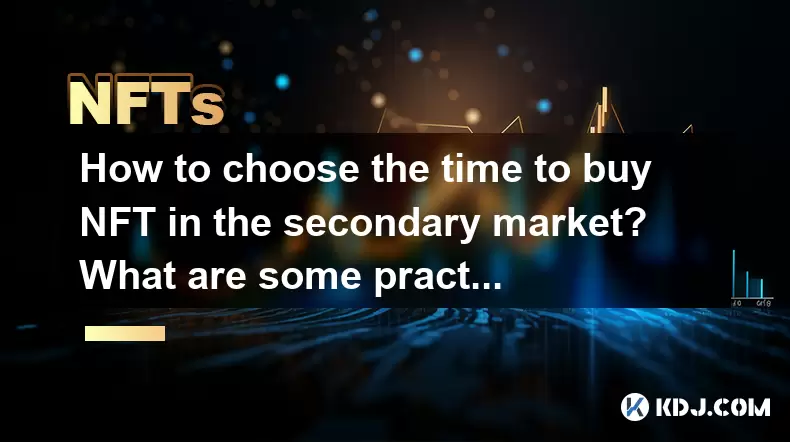
Understanding the Secondary NFT Market
The secondary NFT market refers to platforms where NFTs are resold after their initial minting. Unlike primary sales, which occur directly from creators or projects, secondary trading involves buyers and sellers negotiating prices based on demand, rarity, and utility. To choose the right time to buy, it’s essential to understand how these markets function and what drives value.
Key platforms such as OpenSea, LooksRare, and Blur dominate this space. Each platform has its own set of tools, data analytics, and user behavior patterns that influence pricing and availability. Monitoring trends across these platforms can provide insights into optimal buying opportunities.
Analyzing Floor Prices and Rarity
One of the most effective strategies when entering the secondary NFT market is to examine floor prices—the lowest price at which a particular NFT collection is being sold. A sudden drop in floor price might indicate short-term panic selling or long-term disinterest, both of which can present unique buying opportunities if the underlying project still holds potential.
In addition to floor price tracking, evaluating rarity scores plays a crucial role. Tools like Rarity.tools and Rarity.tools’ successors offer detailed breakdowns of individual traits within a collection. High-rarity items often command premium prices during bullish cycles but may also serve as safer bets during downturns due to their perceived collectibility.
- Use third-party rarity analyzers to cross-check trait scarcity.
- Compare high-rarity items with average ones to assess value gaps.
- Consider utility—some rare NFTs grant access to exclusive communities or events.
Monitoring On-Chain Data and Whale Activity
On-chain analysis offers a transparent way to track real-time movements in the NFT market. Platforms like DappRadar and Etherscan allow users to view wallet activities, including large purchases or bulk transfers known as whale movements. When influential wallets begin accumulating specific collections, it could signal upcoming interest or strategic investment.
Watching for smart contract interactions can also reveal hidden signals. For instance, increased interaction with a collection’s contract might suggest imminent updates, rewards distribution, or even airdrops—all of which can boost value.
- Track top holders using blockchain explorers.
- Observe large volume trades or unusual transaction sizes.
- Look for signs of new liquidity or token integrations linked to NFTs.
Evaluating Project Fundamentals and Roadmaps
Before making any purchase, especially in a volatile market, it’s vital to assess the project fundamentals. Many NFTs derive value not just from aesthetics but from the ecosystem they support. Projects with active development teams, clear roadmaps, and consistent communication tend to maintain stronger floor prices over time.
Reviewing whitepapers, social media channels, and official announcements helps gauge whether a project is still relevant or falling behind. Community sentiment also plays a major role; active Discord servers, Twitter engagement, and frequent updates are positive indicators.
- Check for recent project milestones or deliverables.
- Verify team activity and transparency through official forums.
- Engage with community discussions to detect early warnings or excitement.
Timing Purchases Around Events and Seasonality
Market timing can significantly affect outcomes in the NFT space. Certain events such as NFT drops, collaborations, or crypto bull runs often create spikes in demand. Buying just before anticipated events or during dips between hype cycles can yield better entry points.
Seasonal patterns also exist. Historically, late Q4 and early Q1 see increased activity due to holiday-themed collections and new year optimism. Conversely, summer months sometimes experience lulls unless major announcements coincide.
- Mark key dates on your calendar: project anniversaries, collabs, and tech upgrades.
- Watch for seasonal trends in trading volume and buyer behavior.
- Consider dollar-cost averaging into positions rather than one-time large buys.
Frequently Asked Questions
What should I do if an NFT I bought drops in value shortly after purchase?
Monitor the project's development closely. If the fundamentals remain strong and the decline appears temporary, holding may be wise. Otherwise, consider cutting losses early to avoid further depreciation.
Can I trust third-party rarity tools for accurate analysis?
While tools like Rarity.tools and others offer valuable insights, they may not always reflect subjective market preferences. Always cross-reference multiple sources and consider visual appeal and utility alongside algorithmic rankings.
Is it better to buy floor NFTs or high-rarity ones in a down market?
Floor NFTs can offer discounted entry into popular collections during bearish periods. However, high-rarity items may hold value better if the project maintains relevance and utility.
How important is gas fees when purchasing on secondary markets?
Gas fees can impact profitability, especially for lower-priced assets. Use gas optimization tools and schedule transactions during off-peak hours to minimize costs without missing opportunities.
Disclaimer:info@kdj.com
The information provided is not trading advice. kdj.com does not assume any responsibility for any investments made based on the information provided in this article. Cryptocurrencies are highly volatile and it is highly recommended that you invest with caution after thorough research!
If you believe that the content used on this website infringes your copyright, please contact us immediately (info@kdj.com) and we will delete it promptly.
- Solana, Aptos, and Stable Tokens: Wyoming's Bold Move and the Future of Finance
- 2025-06-23 08:25:12
- Ruvi AI: The Next Binance Coin? A Token Rally to Watch
- 2025-06-23 08:25:12
- Ruvi AI vs. Dogecoin: Can AI Deliver Better ROI?
- 2025-06-23 08:45:12
- SHIB, WLD, BlockDAG: Navigating Crypto's Crossroads in 2024
- 2025-06-23 08:45:12
- Ruvi AI: Revolutionizing ROI Predictions in the Crypto Space
- 2025-06-23 09:05:12
- Ruvi AI: Is This the Token Poised for Bigger ETH Gains?
- 2025-06-23 09:05:12
Related knowledge
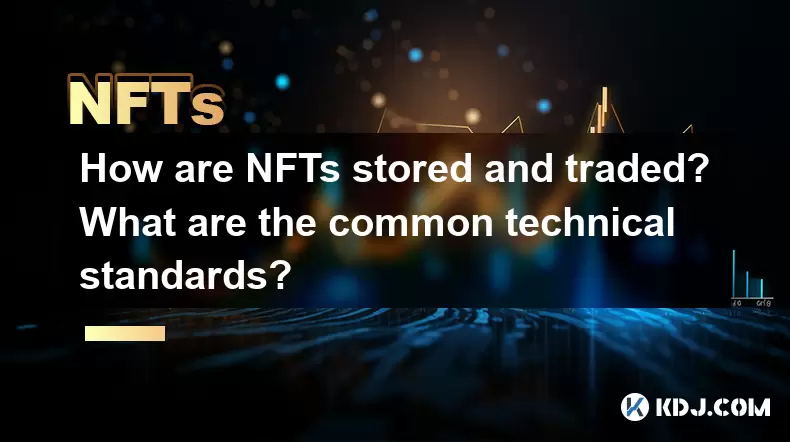
How are NFTs stored and traded? What are the common technical standards?
Jun 20,2025 at 08:49am
Understanding NFT Storage MechanismsNon-Fungible Tokens (NFTs) are digital assets that represent ownership of a unique item or piece of content, such as art, music, videos, or virtual real estate. The way NFTs are stored is crucial to their security and accessibility. Most NFTs are built on blockchain platforms like Ethereum, and the actual file—such as...
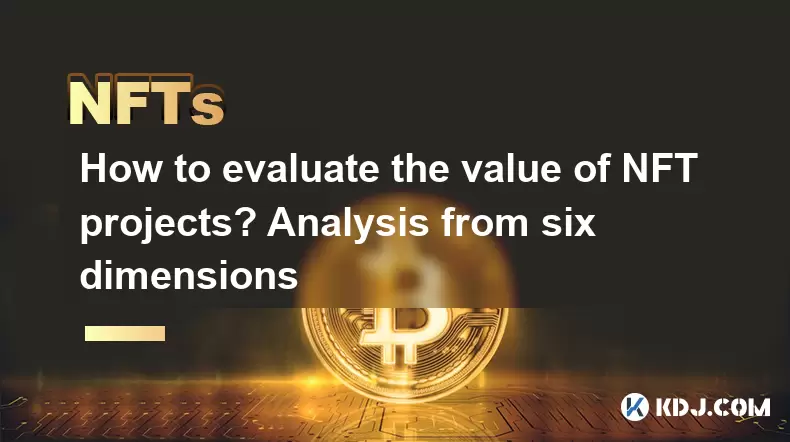
How to evaluate the value of NFT projects? Analysis from six dimensions
Jun 21,2025 at 02:28pm
1. Project Background and Team CredibilityEvaluating the value of NFT projects begins with a thorough understanding of its background and team composition. A credible project is usually backed by experienced developers, designers, and marketers who have a proven track record in blockchain or digital art industries. The presence of identifiable team memb...

What is the difference between NFT and digital collectibles? A must-read guide for beginners
Jun 19,2025 at 09:42pm
Understanding the Basics of NFTsNFTs, or Non-Fungible Tokens, are unique digital assets that represent ownership of a specific item or piece of content on the blockchain. Unlike cryptocurrencies such as Bitcoin or Ethereum, which are fungible and can be exchanged one-for-one, each NFT has distinct properties and cannot be directly replaced by another to...
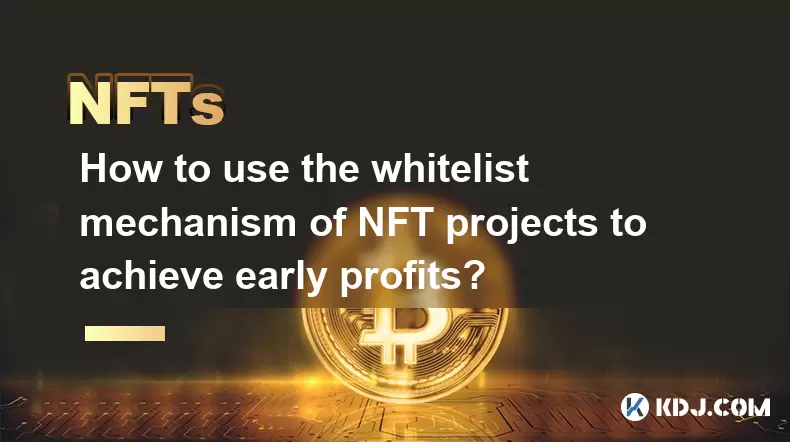
How to use the whitelist mechanism of NFT projects to achieve early profits?
Jun 21,2025 at 03:49am
Understanding the Whitelist Mechanism in NFT ProjectsThe whitelist mechanism is a popular strategy used by NFT project developers to allocate early access or exclusive minting rights to a select group of users. This system allows participants on the whitelist to mint NFTs before they are released to the general public, often at lower prices and with few...
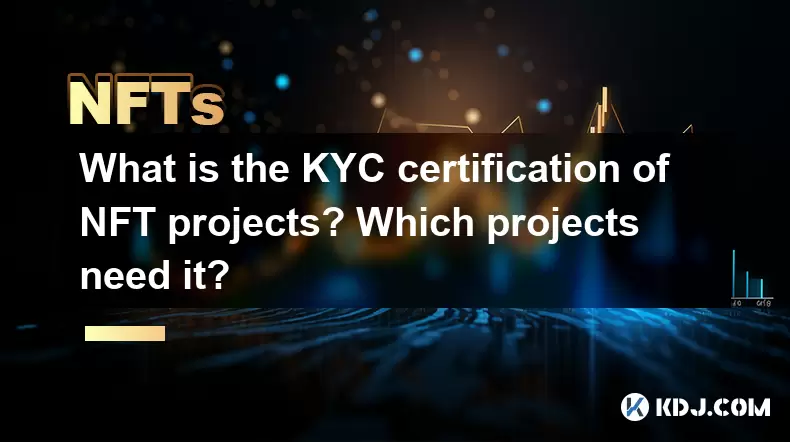
What is the KYC certification of NFT projects? Which projects need it?
Jun 21,2025 at 03:08pm
Understanding KYC Certification in the NFT SpaceKYC, or Know Your Customer, is a regulatory process used by businesses to verify the identity of their clients. In the context of NFT projects, KYC certification refers to the verification of user identities before they can participate in minting, trading, or selling NFTs on a platform. This practice is in...
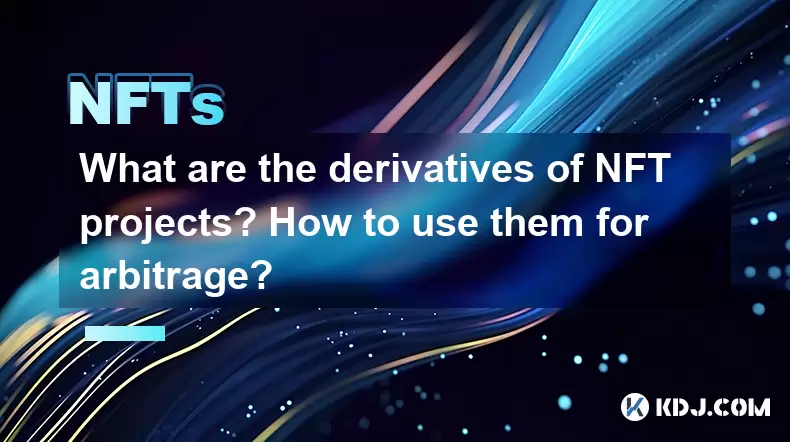
What are the derivatives of NFT projects? How to use them for arbitrage?
Jun 20,2025 at 06:14am
Understanding the Derivatives of NFT ProjectsNFTs, or non-fungible tokens, have evolved beyond simple digital collectibles. In recent years, derivatives of NFT projects have emerged as a new financial layer within the blockchain ecosystem. These derivatives are essentially financial instruments derived from the value and performance of underlying NFT as...

How are NFTs stored and traded? What are the common technical standards?
Jun 20,2025 at 08:49am
Understanding NFT Storage MechanismsNon-Fungible Tokens (NFTs) are digital assets that represent ownership of a unique item or piece of content, such as art, music, videos, or virtual real estate. The way NFTs are stored is crucial to their security and accessibility. Most NFTs are built on blockchain platforms like Ethereum, and the actual file—such as...

How to evaluate the value of NFT projects? Analysis from six dimensions
Jun 21,2025 at 02:28pm
1. Project Background and Team CredibilityEvaluating the value of NFT projects begins with a thorough understanding of its background and team composition. A credible project is usually backed by experienced developers, designers, and marketers who have a proven track record in blockchain or digital art industries. The presence of identifiable team memb...

What is the difference between NFT and digital collectibles? A must-read guide for beginners
Jun 19,2025 at 09:42pm
Understanding the Basics of NFTsNFTs, or Non-Fungible Tokens, are unique digital assets that represent ownership of a specific item or piece of content on the blockchain. Unlike cryptocurrencies such as Bitcoin or Ethereum, which are fungible and can be exchanged one-for-one, each NFT has distinct properties and cannot be directly replaced by another to...

How to use the whitelist mechanism of NFT projects to achieve early profits?
Jun 21,2025 at 03:49am
Understanding the Whitelist Mechanism in NFT ProjectsThe whitelist mechanism is a popular strategy used by NFT project developers to allocate early access or exclusive minting rights to a select group of users. This system allows participants on the whitelist to mint NFTs before they are released to the general public, often at lower prices and with few...

What is the KYC certification of NFT projects? Which projects need it?
Jun 21,2025 at 03:08pm
Understanding KYC Certification in the NFT SpaceKYC, or Know Your Customer, is a regulatory process used by businesses to verify the identity of their clients. In the context of NFT projects, KYC certification refers to the verification of user identities before they can participate in minting, trading, or selling NFTs on a platform. This practice is in...

What are the derivatives of NFT projects? How to use them for arbitrage?
Jun 20,2025 at 06:14am
Understanding the Derivatives of NFT ProjectsNFTs, or non-fungible tokens, have evolved beyond simple digital collectibles. In recent years, derivatives of NFT projects have emerged as a new financial layer within the blockchain ecosystem. These derivatives are essentially financial instruments derived from the value and performance of underlying NFT as...
See all articles
























































































